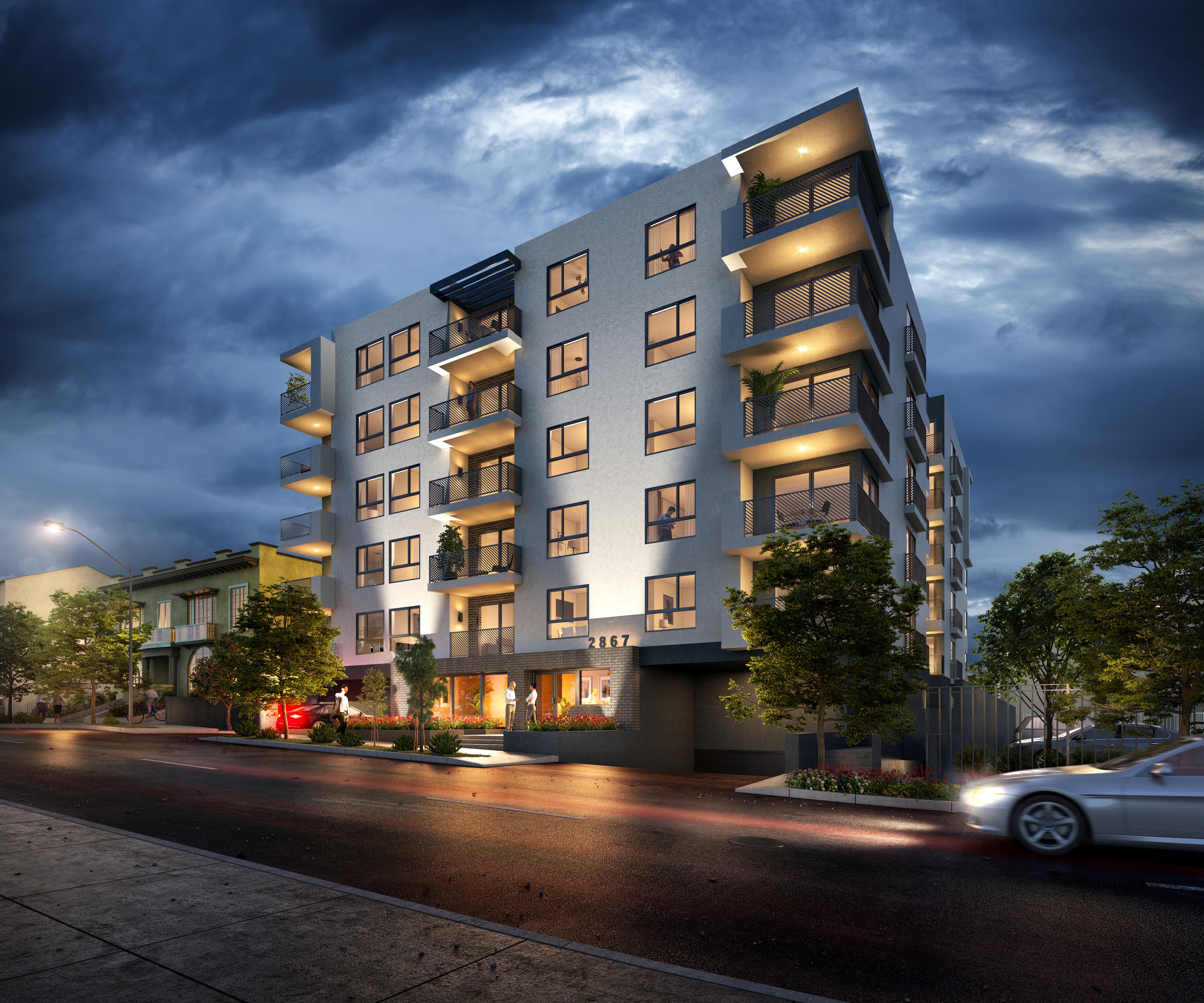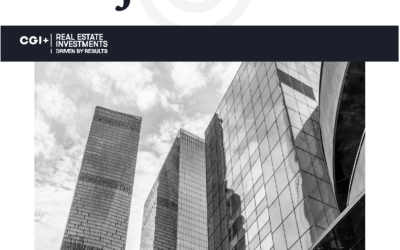 Freddie Mac in its Multifamily 2021 Outlook reports that after a difficult 2020 that impacted the macroeconomy and the housing market, multifamily market conditions are expected to improve this year. With vaccines now going into the arms of Americans and with stimulus now signed into law at the end of 2020 and with more expected under the Biden Administration; the GSE expects the macroeconomy to grow this year.
Freddie Mac in its Multifamily 2021 Outlook reports that after a difficult 2020 that impacted the macroeconomy and the housing market, multifamily market conditions are expected to improve this year. With vaccines now going into the arms of Americans and with stimulus now signed into law at the end of 2020 and with more expected under the Biden Administration; the GSE expects the macroeconomy to grow this year.
According to the report, as the economy slowly regains steam, interest rates should rise, and with it mortgage rates as well. Home prices show no sign of declining given the strong demand seen over the past year, and given the overall shortage of housing, they most likely will continue to rise impacting affordability in the future. Freddie Mac surmises that if 30-year mortgage rates return to the 3.5% range, which puts them back where they were at the end of the first quarter of 2020 and home prices increase just another 2.5%, the monthly principal and interest costs for a home buyer will increase over 10% from the third quarter of 2020. The report concluded that as these monthly costs increase, renter households who wish to purchase a home may choose to remain renters due to the higher monthly payments, which bodes well for the asset class.
The momentum in multifamily investment that took place the second half of the year will continue into 2021 according to Freddie Mac. Over the past six months cap rates have remained stable while property prices continued to increase, indicating that investors still have faith in the asset class.

